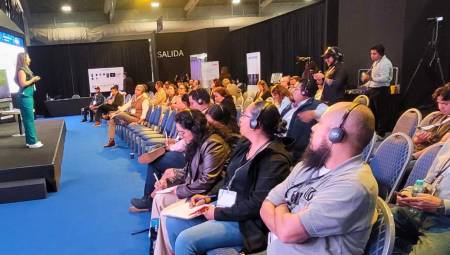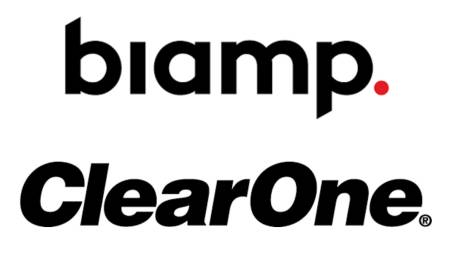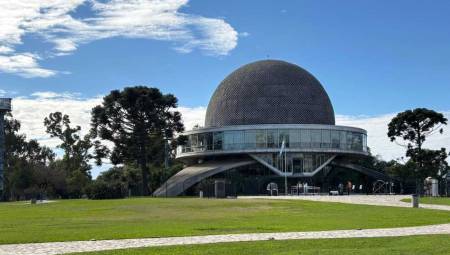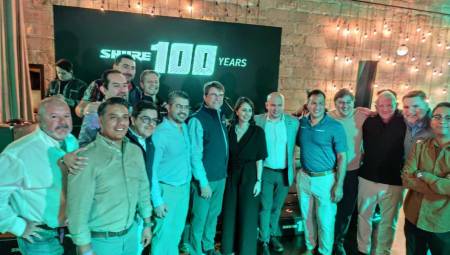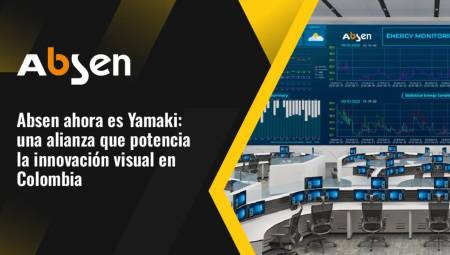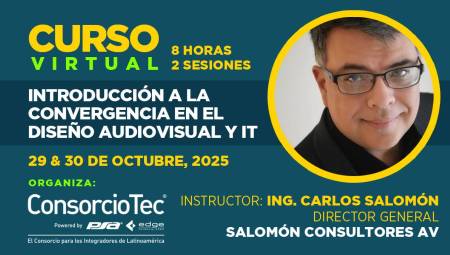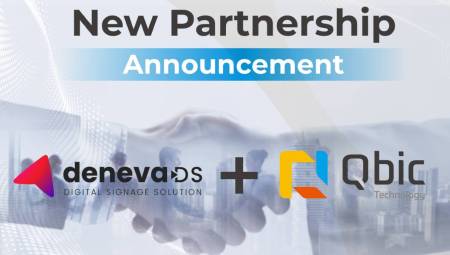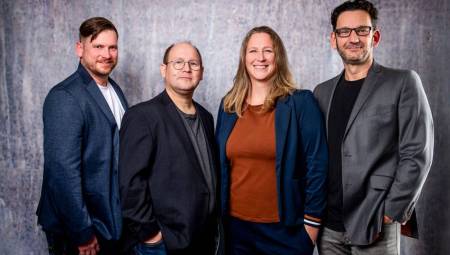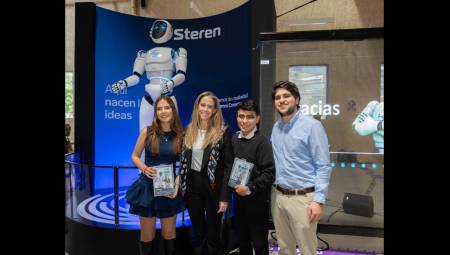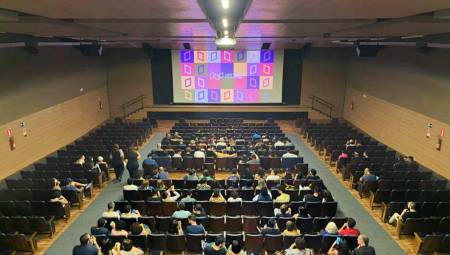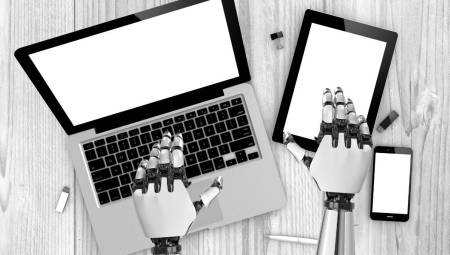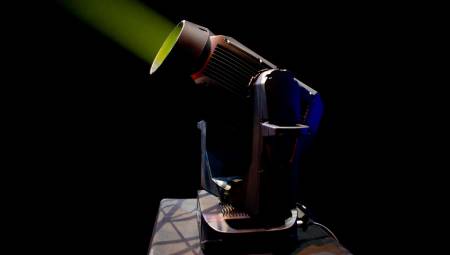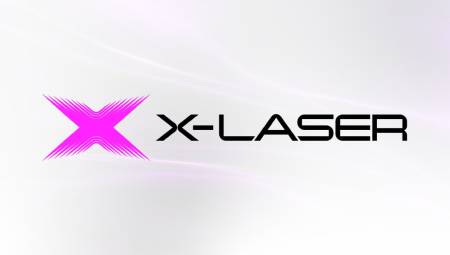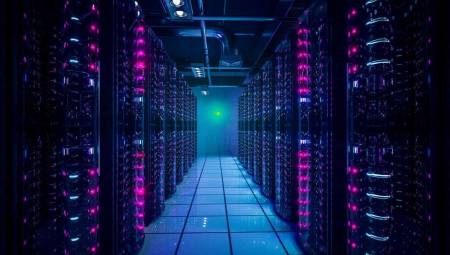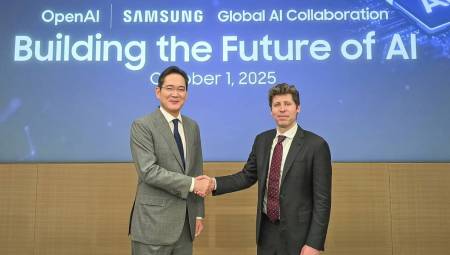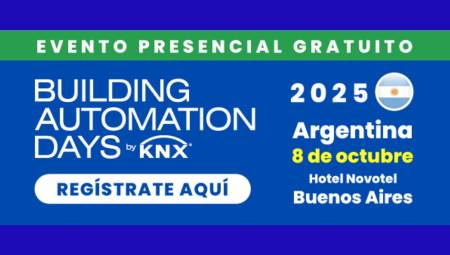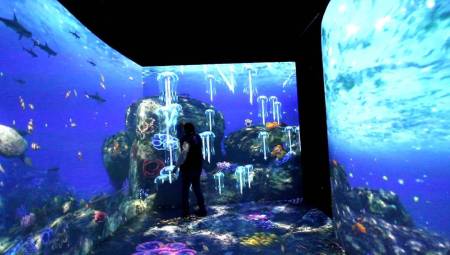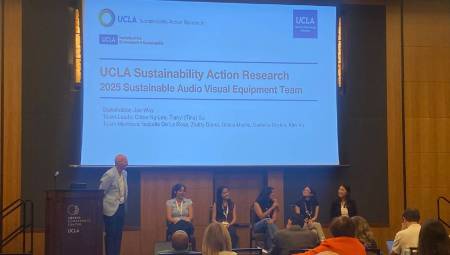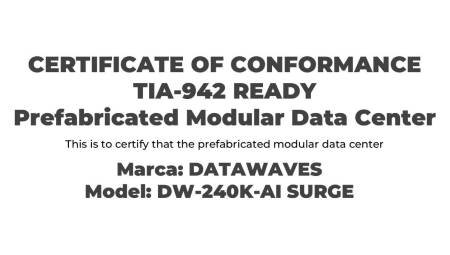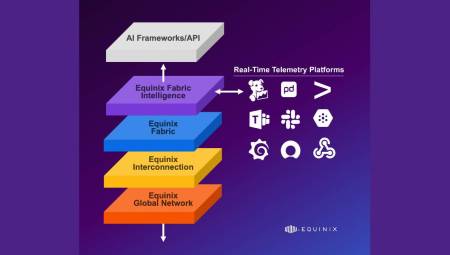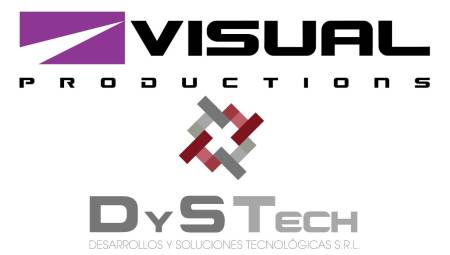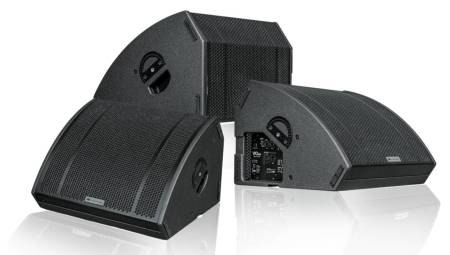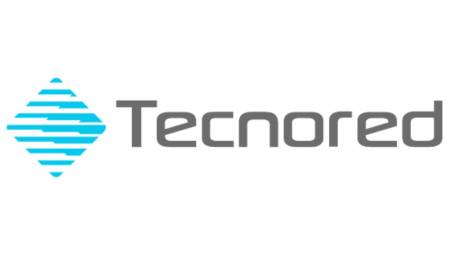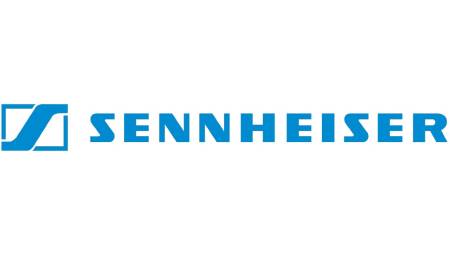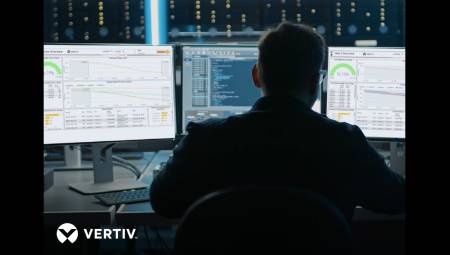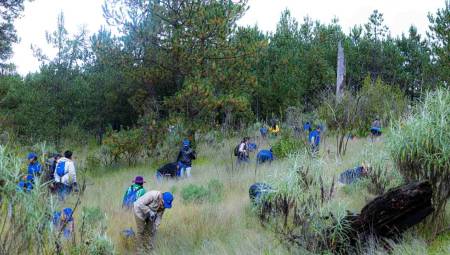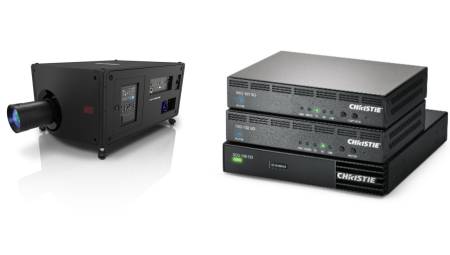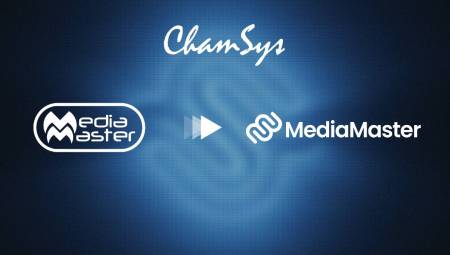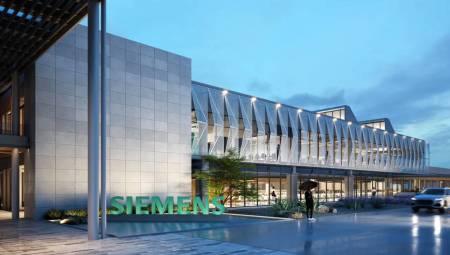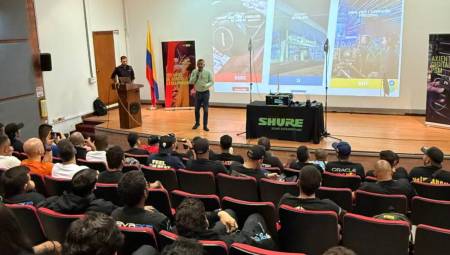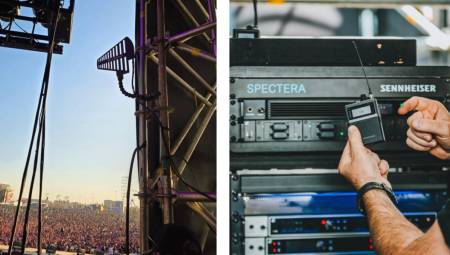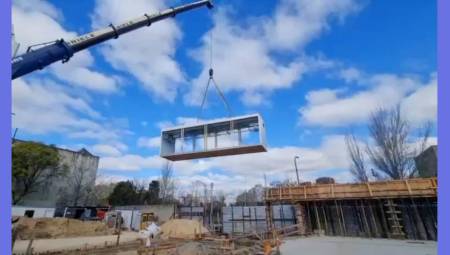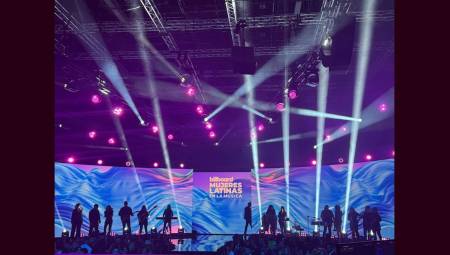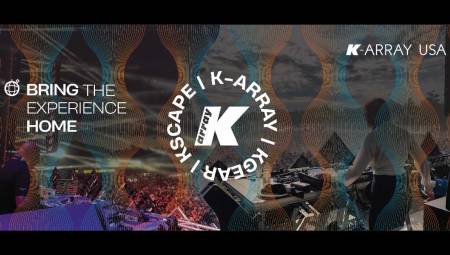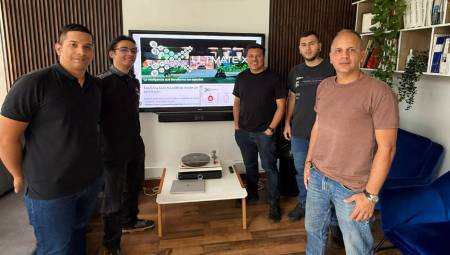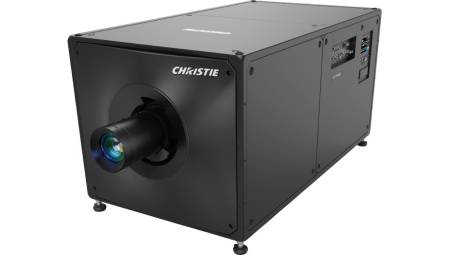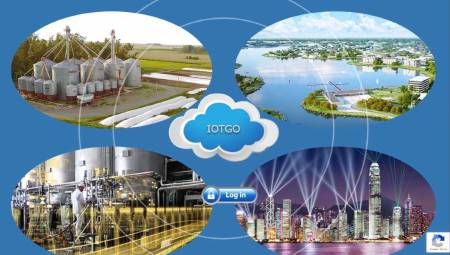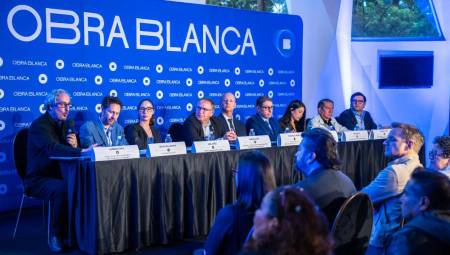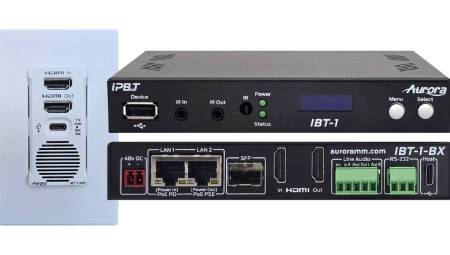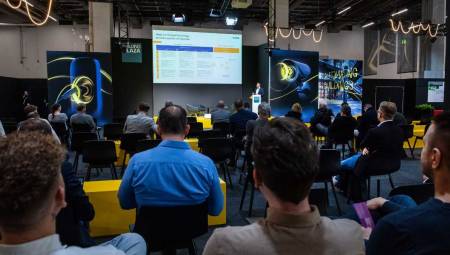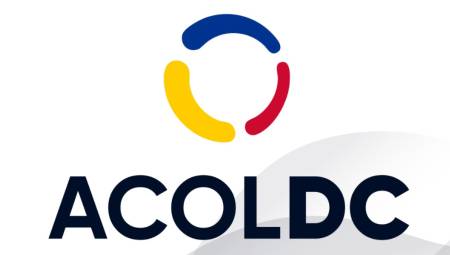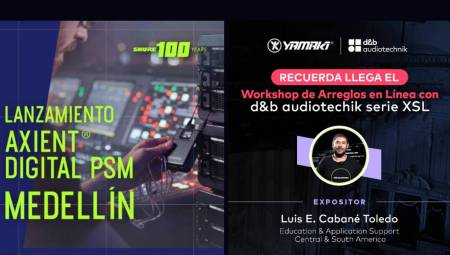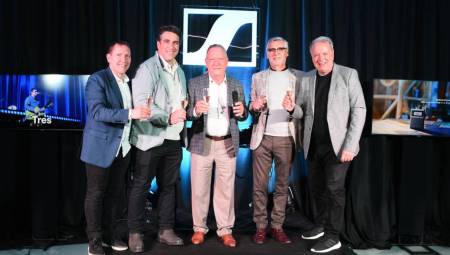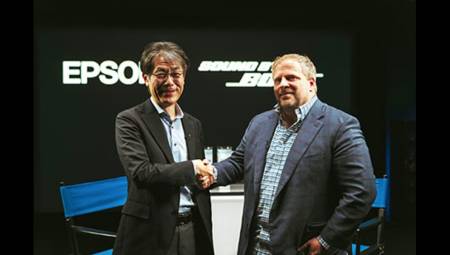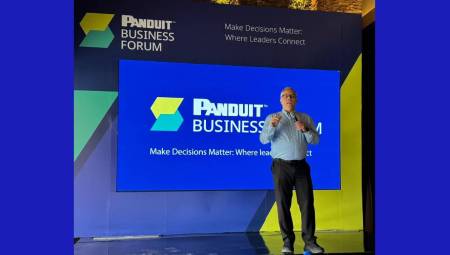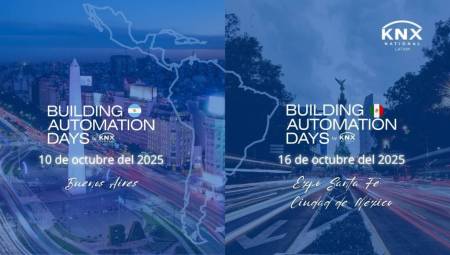Latin America. We know that the start of 2022 will be different from the previous year. Companies will have to adapt, how will theirs do it?
1. With the emergence of new Modern Enterprise Platforms (EAPs), composability extends to new levels of business processes.
As ERP systems evolve towards Modern Application Platforms (EAPs), expansive definitions of platforms that are not only composable in cloud environments, but also hybrid cloud/on-premise environments must be sought. Composability will break down later at the business process level, not just at the application level. This means that companies need a consistent operating model and integration platform, workflow, data analytics, and standard extensibility. Users will want to develop their own processes and experiences according to their exact needs.
2. Definition of Business Process, AI will begin to be part of purchasing decisions
No two organizations are ever the same. Users will demand easy and simple ways to define their business interactions in a flexible system. Therefore, the microservices debate can be accelerated, when companies are looking to develop and assemble their software systems, just like when designing the floor for a new home. Companies will start by implementing Modern Application Platforms (EAPs), whereby business processes will not only be assembled according to their needs, but will also be self-sufficient and corrective, based on AI and intelligence integrated into the framework.
3. The real convergence of analytics, intelligence and user experience will allow you to make successful decisions in real time.
Providing "just in time" information, in real time, rather than on traditional dashboards, which are based on previous information, will be critical in 2022. Historical data and representations are not enough for successful decision-making. The need for predictive intelligence must be included in the process. Finally, this visibility is needed for the point of action and decision, rather than being in a different operational location. The data factory, business intelligence, AI, machine learning and user experience must all be united in a single solution to be useful.
4. Complementary solutions shall be defined and applied differently
Core and complementary solutions are already mostly connected, and complementary solutions no longer refer only to devices. This recognizes that some business operations still want to maintain local control on premises. Being able to navigate a truly hybrid cloud/on-premise environment without impacting productivity is key. Customers need innovations in the cloud in the form of machine learning for example. At the same time they need to be able to apply this type of technology in their on-premise systems, not just the typical complementary devices.
5. Voice-powered devices and digital assistants will be critical tools in remote work environments
As the business world continues toward a transition to a remote work environment, the definition of user experience continues to change. Voice access capabilities have been highly valued in enterprise environments, but security controls will continue to increase and employees will need new ways to execute their work outside of traditional screens. In 2022, we expect users to demand full functional operability through voice devices, with digital assistants augmenting and automating tasks.
We are very optimistic that 2022 will strengthen and affirm the already existing technological changes to achieve greater productivity and security in companies.
Text written by José Rivero, Country Manager of Infor.





































